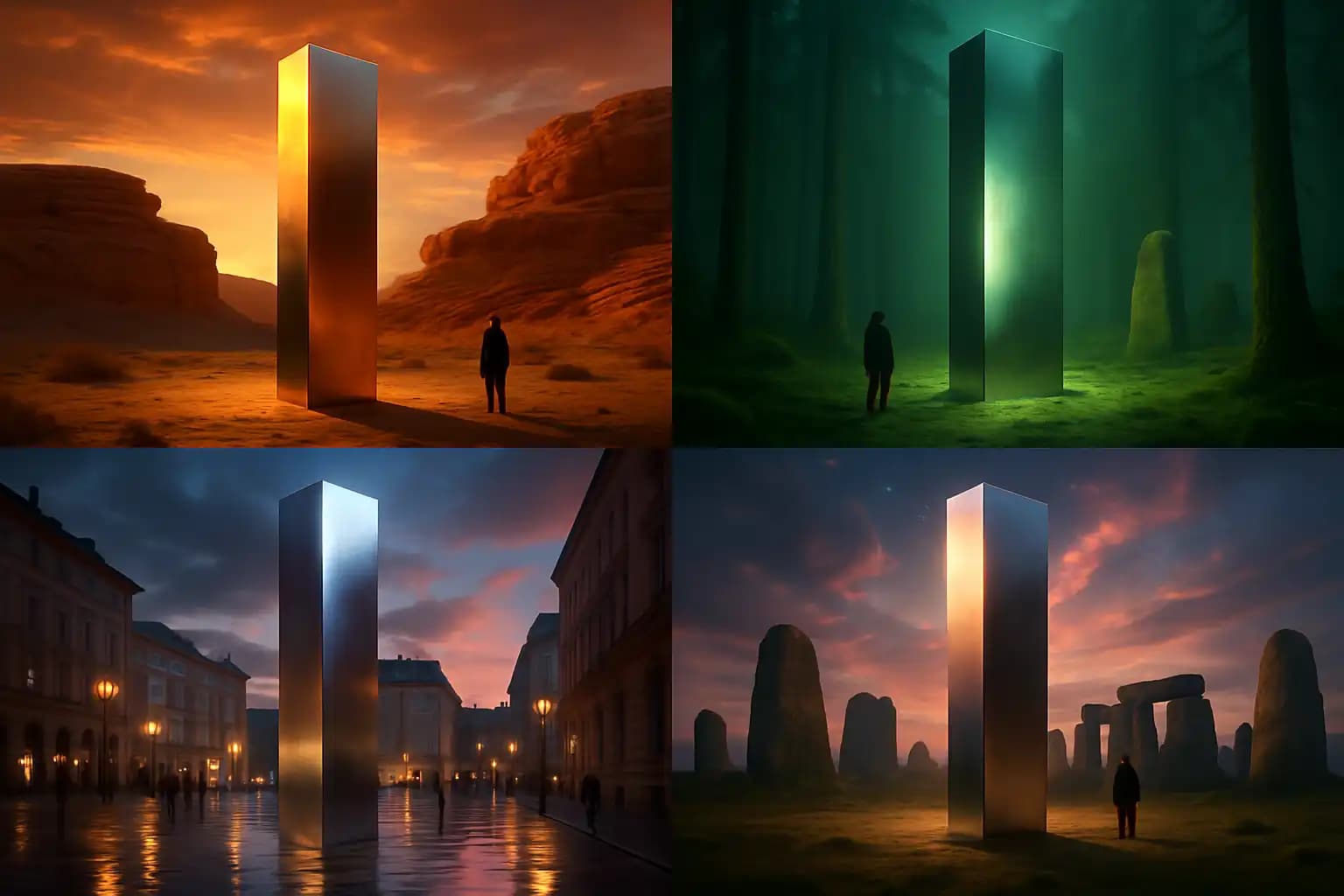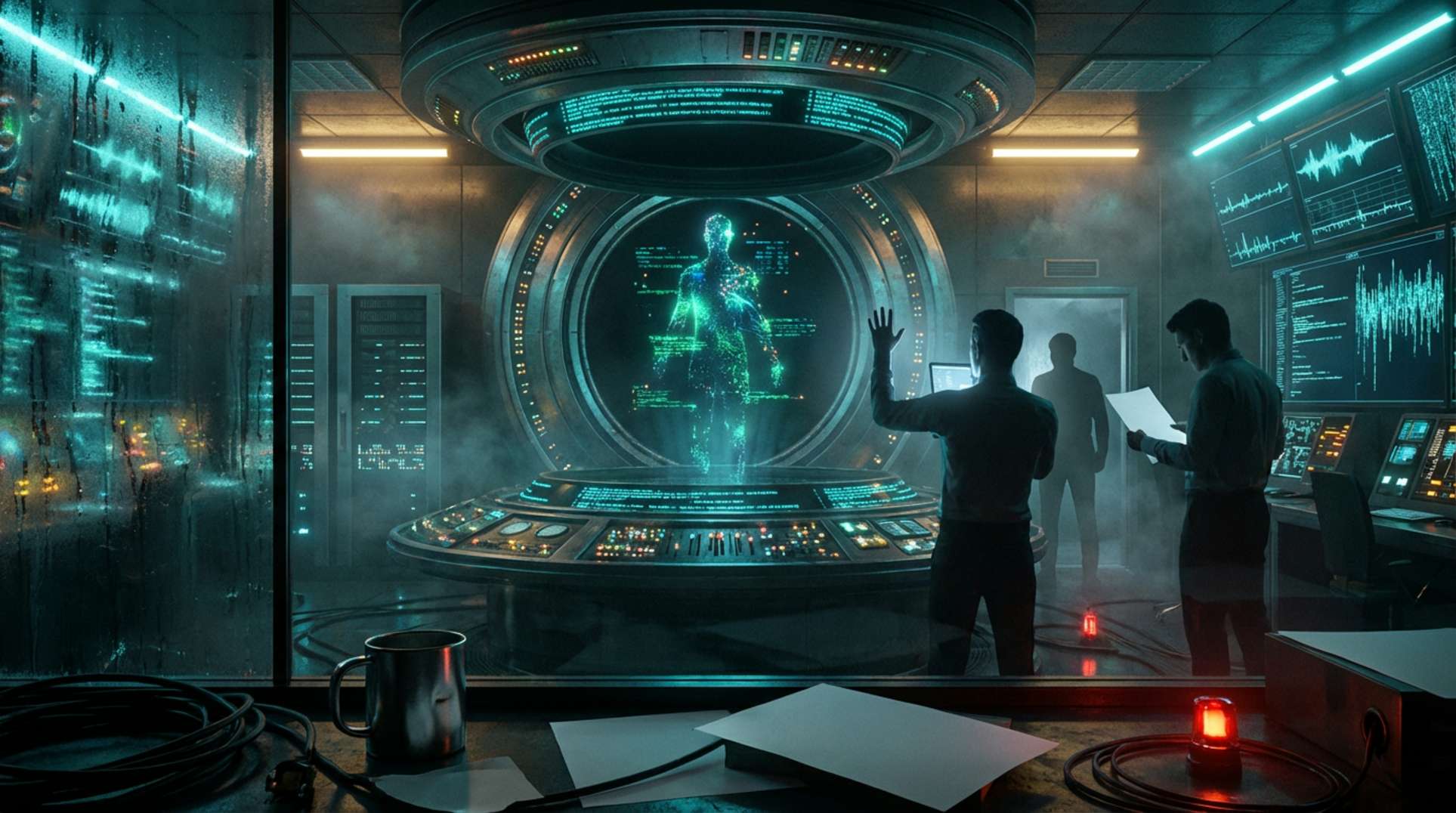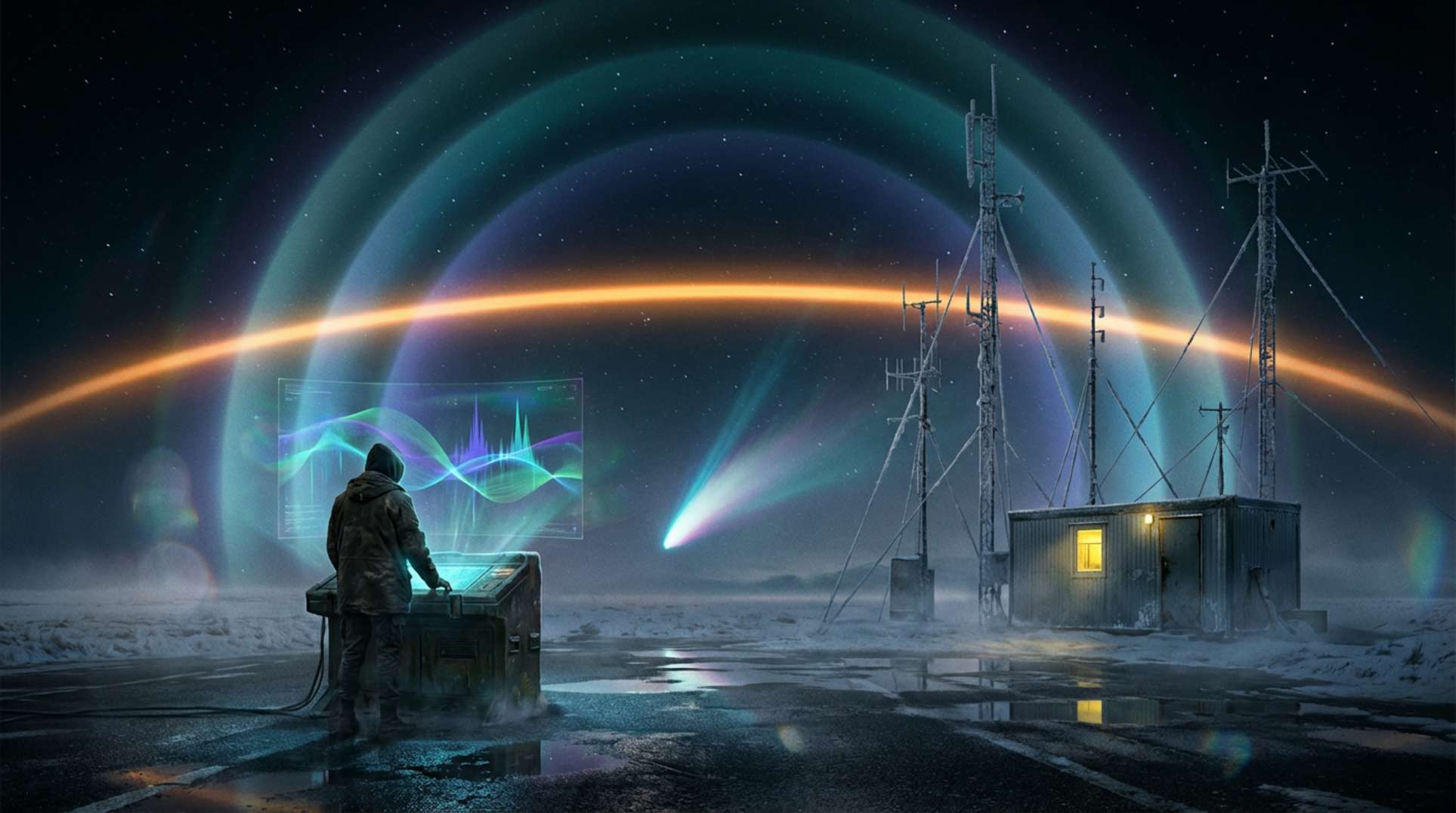They slice out of nowhere, shiny and geometric against wilderness, cityscape, or windswept plain: the era of the modern monolith captivates and confounds. Since a fateful day in 2020, when workers in Utah stumbled upon a metallic slab—evoking cinematic prophecies and ancient obsessions—the world has seen a surge of monolith sightings. Each appearance reveals a side of our collective psychology, from plausible explanation to wild speculation.
This isn’t an ordinary art trend or open-source prank. The monolith phenomenon—documented from the deserts of Las Vegas (Washington Post) to Eastern Europe—walks an uncanny line between public spectacle, media event, and cosmic intervention. The tales and theories swirling around these pillars owe as much to science fiction as ancient history—a cultural intersection where 2001: A Space Odyssey collides with Instagram and plausible deniability.
Global Sightings: Timeline of the Mysterious Monolith Appearances
The timeline is a wild ride. Utah’s original slab, discovered by wildlife officials in late 2020, became a viral mystery, as documented in this IFLScience feature. Days later, metallic structures appeared in Romania, California, and Idaho—sometimes vanishing just hours after they emerged. The global monolith map soon stretched from Nevada’s casinos (NPR’s on-the-ground report) to England, Spain, and even Australia.
Theories range from clandestine cult activity to strategic art installations. Investigations point to viral copycats and guerilla artists, inspired by ancient monolithic structures and pop culture. Still, their coordinated emergence and craftsmanship leave many, including seasoned doomsday preppers, wondering if something deeper stirs beneath that aluminum skin. For those embracing a conspiratorial worldview, the global pattern echoes classic mysteries about hidden underground sites or the enigmatic tunnels of Vancouver Island.
Origin Theories: Art, Meme, or Monument to Modern Paranoia?
Speculation abounds. According to Vox’s cultural explainer, the main theory suggests a blend of art prank and meme, fueled by 2020’s collective reset. Local artists or playful activist groups have claimed some monoliths, while others hide in total anonymity. Their vanishing acts are as coordinated as their appearances—sometimes due to authorities, sometimes due to “rival” monolith-makers, echoing the themes in the modern myth playbook.
The cultural echoes are deafening. The resemblance to the monolith from 2001: A Space Odyssey—and its legacy as both harbinger and riddle—makes these slabs irresistible to social media, urban explorers, and the occasional apocalypse prophet. Comparisons arise with other sudden, unexplained global events, such as solar superstorms and geopolitical flashpoints.
Ancient Stones and Modern Myths: Why Monoliths Mesmerize Humanity
The term “monolith” may evoke visions of meteorites or alien markers, but its roots are closer to home—both literally and metaphorically. Traditional monoliths are singular, massive stones, whether standing mysteriously in fields from Stonehenge to Easter Island, or looming over lost civilizations. Humanity’s obsession with these geological giants weaves into our oldest myths and fears—whether that’s the enduring allure of ancient megastructures and legends, or the haunting possibility of what lies beneath our feet.
This compelling mix of history, science, science fiction, and art makes each monolith as much a psychological mirror as a riddle. What do we expect to find when we peel back the aluminum? For some, it’s merely a prank; for others, it signals that unleashed secrets cannot be easily buried or stuffed back into the box.
Copycats, Spoofs, and the Lasting Impact of Viral Artefacts
The monolith phenomenon has ignited investigations into memes, modern folklore, and the limits of belief. Copycats across continents have erected and removed their own slabs in a strange cycle reminiscent of social media fads and ancient rituals. In an era where mystery serves as a commodity, every new monolith invites us—to believe, to debunk, or simply to marvel. Some researchers note parallels to the timeless drama of iconic cryptid hunts or underground discoveries that never fully pan out, yet always leave tantalizing evidence—or at least a new twist in the internet age.
In the end, whether monoliths serve as metaphors, memes, or mere marketing, their sudden global rise highlights one truth: the appetite for mystery remains alive and well. Stay tuned to Unexplained.co for updates on this saga and all things lurking at the intersection of art, history, and “maybe it’s aliens.”





